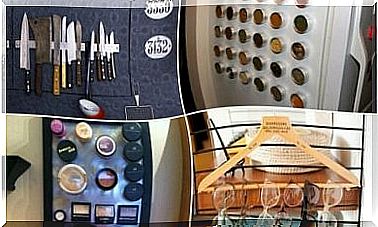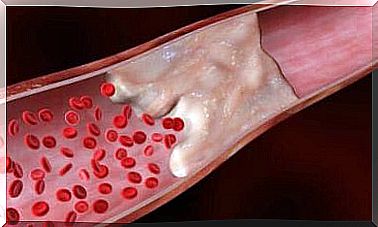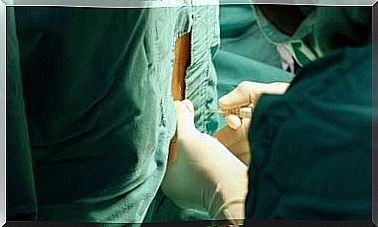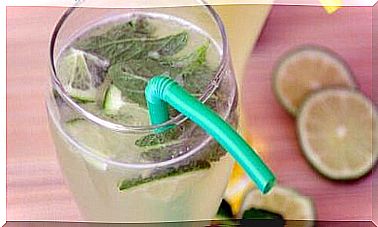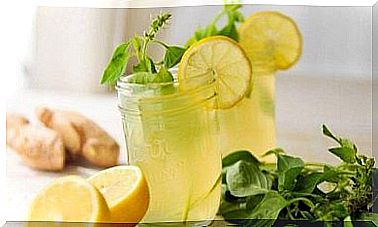Preserving Vitamins: What To Know
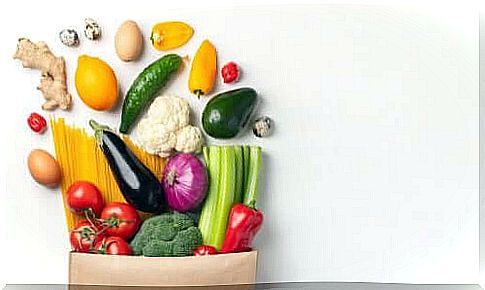
Preserving the vitamins contained in food depends on several factors. Each group of vitamins is sensitive to one or more factors, depending on whether they are water-soluble or fat-soluble. It is necessary to know the processes that can influence the conservation of these nutrients to avoid losses and, consequently, nutritional deficits.
Vitamins are, for the most part, essential micronutrients, so you need to get them regularly through your diet. Otherwise, the risk of developing medium and long-term pathologies that could put health at risk will increase.
Sources of vitamins

The main sources of vitamins are fruits and vegetables. The color of these foods is determined by the prevalence of a specific vitamin:
- Red: thanks to their vitamin C and beta-carotene content, these foods exert an antioxidant action, according to research published in the British Journal of Pharmacology . In this group we find: strawberries, raspberries, cherries, blueberries, red peppers or tomatoes.
- Orange and yellow: offer vitamins A and C, which strengthen the immune system and lower blood pressure. This group includes foods such as: oranges, limes, lemons, carrots, papaya or even yellow peppers.
- Green: these are foods rich in folic acid (B9) and vitamin K. They strengthen the immune system and keep skin and hair healthy. This group includes all green leafy vegetables and fruits such as kiwis, grapes or avocados.
- Blue-violet: they have a high content of polyphenols. Purple fruits and vegetables slow down aging and protect the memory and urinary tract.
How to preserve vitamins
Preserving vitamins is important to ensure their antioxidant properties and their hormonal function. Some even turn into coenzymes, which help enzymes perform their catalytic function.
Raw foods are rich in vitamins; it is through them that we can obtain greater doses of vitamins. Through cooking, many are lost.
Although some vitamins are more resistant than others, there are some things that help us preserve them. We present them in the following lines.
1. Steam cooking
The vegetables are cooked at a temperature of 100 ºC, which allows to preserve the vitamins. Especially if we compare this cooking method with the much higher heat reached by the oil or the oven.
2. Cook the vegetables with a little water
Water takes away water-soluble vitamins, such as vitamins B and C. It is therefore recommended to use only a minimal amount of water to retain as many minerals and vitamins as possible.
3. Store food in closed containers
It is important to store food in airtight containers. Contact with oxygen present in the air deteriorates vitamins, especially biotin and vitamins C, D and E.
4. Use opaque glass containers to preserve vitamins
The use of opaque glass containers is recommended because some vitamins are sensitive to light. It is always better to opt for glass containers rather than plastic. This recommendation is especially important when it comes to oils.
According to the current scientific literature, vitamin D is particularly sensitive to oxidation when it comes into contact with sunlight. For this reason it is important to keep the foods that contain it in a cool, dry and dark place.
5. Cut the food into large pieces
Cutting into large pieces exposes the surface of fruits and vegetables less to contact with the air. This will prevent oxidation of the food.
Tips for preserving vitamins

Store fruit and vegetables in a cool, light-protected place. Also, clean and cut the vegetables just before serving. As for cooking techniques, it is best baked in foil, steamed or baked. These are the methods that best allow to preserve and / or concentrate vitamins in food.
On the other hand, to prevent the oxidation of foods such as apples, once cut you can sprinkle them with a little lemon juice. Consumption of raw fruits and vegetables is highly recommended and should be done with the peel whenever possible.
It is right under the peel layer that the highest concentration of vitamins is found. The latter also contains phytokines, cellular protectors. If you’re making a fruit juice or smoothie that you don’t intend to drink right away, keep it in a closed container to prevent it from oxidizing.
When cooking vegetables, keep the broth, as some vitamins remain inside. Use the cooking water to make soup or stew or to cook pasta, rice or legumes.
Conclusions
Raw foods are rich in vitamins; however, this content can be lost or altered. The three most important factors to consider in preserving vitamins are temperature, light and oxidation.


